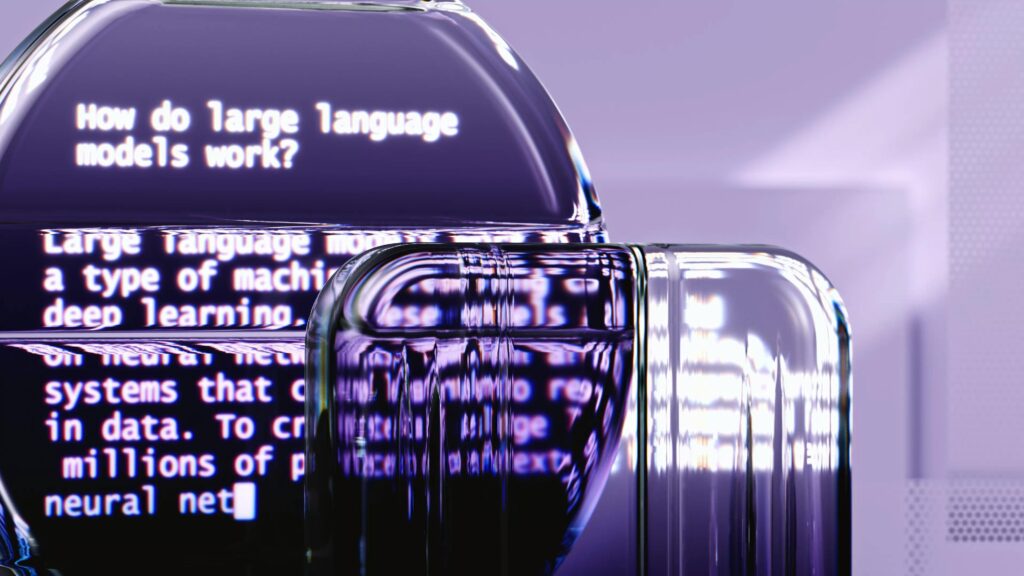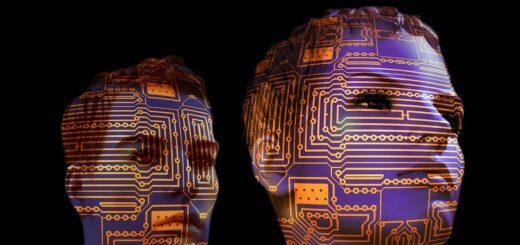Natural Language Processing- Bridging the Gap Between Humans and Machines

Introduction: Natural Language Processing
The way humans communicate with technology is evolving rapidly, thanks to Natural Language Processing (NLP). From voice assistants like Siri and Alexa to AI-powered chatbots and translation services, NLP is transforming how we interact with machines. But how does NLP work, and what are its implications for businesses, healthcare, and everyday life? This article explores the advancements in NLP, its real-world applications, and the challenges that come with developing AI systems that truly understand human language.
What is Natural Language Processing (NLP)?
NLP is a branch of artificial intelligence (AI) that enables machines to understand, interpret, generate, and respond to human language. It combines computational linguistics, deep learning, and machine learning to process text and speech in a way that mimics human communication.
How NLP Works
- Text Preprocessing: Cleaning and structuring raw language data for AI models.
- Tokenization: Breaking text into words or phrases for analysis.
- Sentiment Analysis: Understanding the emotional tone behind words.
- Named Entity Recognition (NER): Identifying names, dates, locations, and more.
- Language Generation: AI-powered text creation for chatbots and content automation.
Applications of Natural Language Processing
NLP is embedded in various industries, enhancing efficiency and improving human-machine interactions.
1. AI Chatbots and Virtual Assistants
- Smart assistants like Google Assistant, Alexa, and Siri process voice commands using NLP.
- Businesses leverage AI chatbots for customer support, reducing response time and improving user experience.
- NLP-driven bots assist in scheduling meetings, setting reminders, and answering FAQs.
2. Real-Time Language Translation
- AI-powered tools like Google Translate and DeepL enable seamless communication across languages.
- NLP improves context-aware translations, making multilingual conversations smoother.
- Businesses expand globally by providing instant translations for customer support and content localization.
3. Sentiment Analysis in Marketing and Social Media
- Companies use NLP to analyze customer feedback, reviews, and social media sentiment.
- Brands tailor marketing campaigns based on consumer emotions and preferences.
- Political analysts use sentiment analysis to gauge public opinion on policies and events.
4. NLP in Healthcare
- AI models process electronic health records (EHRs) and clinical notes for faster diagnoses.
- Virtual health assistants help patients by interpreting symptoms and providing medical advice.
- NLP enables automated transcription of doctor-patient conversations, improving documentation.
5. Automated Content Creation and Editing
- NLP-driven tools like ChatGPT and Grammarly assist in writing, proofreading, and summarizing content.
- AI helps journalists and content creators generate news reports and blog articles efficiently.
- NLP-based plagiarism detection tools enhance academic integrity and copyright protection.
Challenges in Natural Language Processing
Despite its advancements, NLP faces several challenges in understanding human language accurately.
1. Ambiguity and Context Understanding
- Human language is complex, with multiple meanings for words and phrases.
- AI struggles with sarcasm, humor, and cultural nuances, leading to misinterpretations.
2. Bias in AI Language Models
- NLP models trained on biased datasets can produce discriminatory or politically skewed content.
- Ensuring fair and unbiased AI language processing remains a critical challenge.
3. Multilingual and Low-Resource Language Processing
- NLP performs well in English but struggles with underrepresented languages.
- Improving NLP for regional dialects and indigenous languages requires more diverse training data.
4. Privacy and Ethical Concerns
- AI-powered text processing raises concerns about data security and user privacy.
- Regulations like GDPR enforce strict data usage policies to protect user information.
Impact of Natural Language Processing on Human Jobs
Natural Language Processing (NLP) is transforming the job market by automating tasks traditionally handled by humans, particularly in customer support and call centers. AI-powered chatbots and virtual assistants can handle routine inquiries, reducing the need for large customer service teams while improving efficiency and response times. However, this shift also creates new opportunities, such as roles in AI maintenance, training, and ethical oversight. Jobs that require deep human empathy, creativity, and complex problem-solving will remain essential, while repetitive, scripted interactions may increasingly be handled by AI. As a result, workers will need to adapt by developing skills that complement AI rather than compete with it.
The Future of NLP: What’s Next?
As NLP technology continues to advance, several key trends are shaping its future:
- Conversational AI for Businesses: AI-powered virtual agents will become more human-like, handling complex conversations.
- More Accurate and Context-Aware NLP Models: Future AI models will better understand emotions, cultural nuances, and slang.
- Advancements in Multilingual NLP: AI will improve in handling regional languages and cross-cultural communication.
- Integration with AR and VR: NLP-powered voice interactions will enhance immersive virtual reality (VR) experiences.
If you enjoyed reading our explainer on Natural Language Processing, please consider reading up on our take on ‘How AI changed the world in and instant‘.
Conclusion
Natural Language Processing is revolutionizing the way humans communicate with technology, making interactions more seamless and intuitive. From chatbots and translation services to AI-driven sentiment analysis, NLP is unlocking new possibilities across industries. However, as AI language models evolve, addressing bias, ensuring privacy, and improving multilingual processing will be crucial in shaping the future of NLP.
Final Thought: Will AI ever reach a point where it fully understands human emotions and intent?



